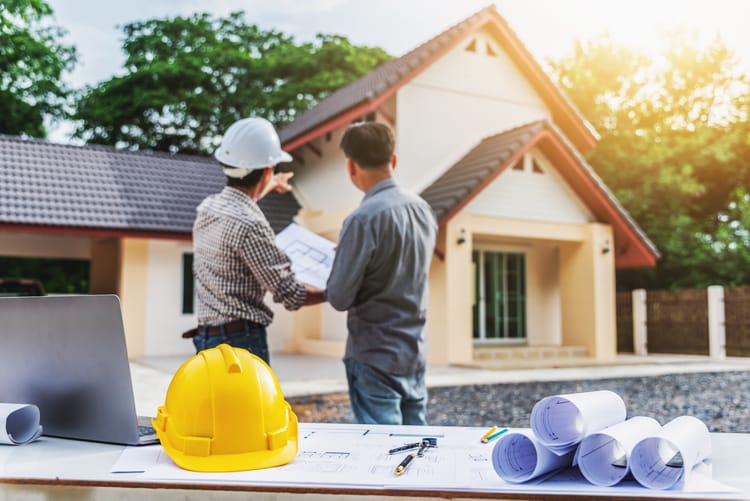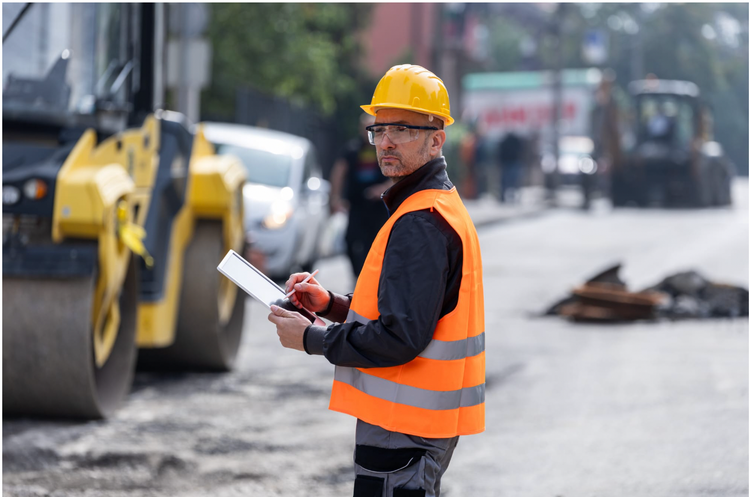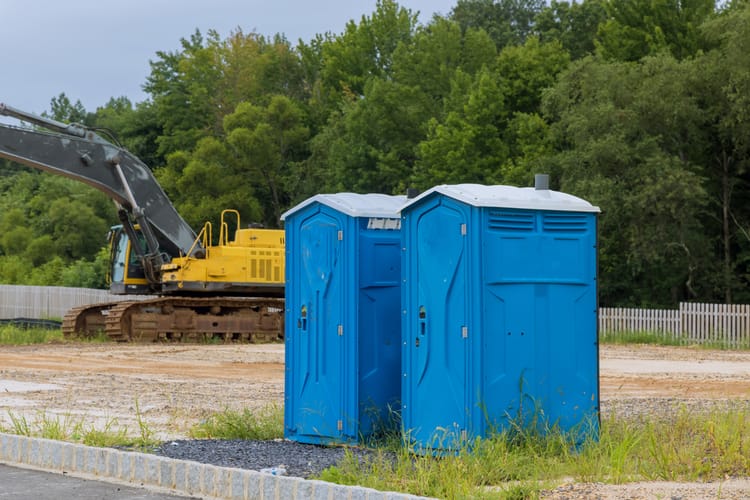Fortifying homes during construction

It’s a tale of three fronts: starts are up (but not for everyone), safety regs are down (with real risks ahead), and employee ownership is quietly becoming the smartest exit plan in the game. This week, we’re tracking the headlines that hint at deeper shifts—because the back half of 2025 isn’t shaping up to be business as usual.
But first: A New York-based startup just secured $40 million to take the paperwork off construction’s plate, using AI to sift through blueprints, schedules and jobsite docs.
Let’s get started!

>> What do you think? Help this r/construction Redditor figure out if they should do a change order or not.
>> Update your look. Check out these grippy pants designed to keep roofers from sliding.
>> Write this down. Listen to Matt Brennan’s advice for organizing site notes.
>> Let’s get serious for a second. Tune in to this webinar to find out how new federal tax legislation impacts your business.

Construction starts mixed at mid-year
Construction starts jumped 16% in June, fueled by non-residential and non-building gains. Non-building rose 2%, with highway/bridge and environmental projects each up 32%. YTD, it’s up 3%, thanks to a 32% boost in miscellaneous starts despite a 27% drop in utility/gas. Residential fell 1% for the month—single-family rose 2%, multifamily was flat. YTD, residential is down 5%, with single-family off 11% and multifamily up 8%.
Non-residential led June’s surge with a 39% spike, driven by a 304% jump in manufacturing as large projects launched. Still, YTD manufacturing is down 24%, but strong commercial (18%) and institutional (12%) gains pushed the sector up 8% overall.
Why it matters: The mixed performance is indicative of a volatile environment. “Risks remain elevated that construction starts will be more subdued in the back half of the year alongside ongoing uncertainty over trade policy and the broader economy,” warns Sarah Martin, Dodge’s associate director of forecasting. (Construction.com)
Federal budget decisions increase risk for crews
The construction industry has been making strides in reducing work-related death, injury and illness, but experts worry that this progress will be short-lived thanks to expanded fine reductions and an 8% OSHA budget cut that will decrease the number of site inspections by 10,000. This comes on top of previously announced plans to weaken heat restrictions for outdoor workers. The Trump administration claims changes give a break to small businesses, freeing up cash to invest in safety. But that’s not a requirement.
Why it matters: Experts anticipate that fewer inspections and penalty reductions will lead to a dangerous increase in on-the-job incidents and fatalities. Even if you aren’t cited, lax safety can still cost you. Lost work days may trigger delay penalties, claims can drive up insurance premiums, and lawsuits and judgments are expensive. (Inside Climate News)
Employee ownership picks up steam in construction
Construction firms are leaning into ESOPs as a new kind of exit strategy; one that cashes out owners without handing over the keys to private equity. Instead of selling to outsiders, contractors are selling to their teams, turning employees into stakeholders while unlocking serious tax advantages. The deals often match market value, defer or eliminate capital gains, and can wipe out corporate income taxes entirely for 100% employee-owned S-corps.
Why it matters: Succession planning is getting harder, and owners want options that protect their legacy. “There’s a war for talent among contractors,” says George Thacker of CSG Partners. “A well-designed ESOP helps recruit and reward employees.” (ForConstructionPros.com)
Research confirms how to fortify homes
The Resilience Inference Performance Level Report showcases the role of technology and advanced materials in hardening single-family homes against wind, water and wildfire. Recommended technology solutions include integrated sensor networks, foundation monitoring and smart utility shutoff. Other suggestions include high-performance cladding, interior construction materials and finishes that reduce flame spread, wind damage and water intrusion.
The project, undertaken by the University of Florida's Sustainable Adaptive Material Practicum Lab and the Florida Office of Insurance Regulation, includes decision-support tools to help contractors choose the best options for making the homes they build more weather-ready.
Why it matters: Lab director Lisa Sundahl Platt says the evidence shows a whole systems approach like this one will deliver “meaningful savings in the face of natural hazards and emerging risks.” (Florida Politics)

>> Trades training: Lowe’s funds courses to ease skilled labor gap
>> Phishing fiasco: Contractor sues county for enabling cyber fraud
>> Dorm developments: New trends emerge in student housing
>> Building buzz: California group opposes residential regulatory freeze

Intention-driven community engagement
"Being intentional [and] upfront with anything—I mean, you can apply this to technology selection or partners that you work with—all of that due diligence…what do you want to accomplish and achieve? I think that definitely will help focus folks in a way that will make their involvement a lot more impactful."
—Eric Thomas, host of Autodesk’s "Digital Builder" podcast
On a recent episode of Eric Thomas' "Digital Builder" podcast, Thomas and Ron Arana, managing partner at Arana Group, had a wide-ranging discussion on community engagement and how intentional decisions about partners and projects can transform your business and your community.
Thanks for reading today's edition! You can reach the newsletter team at thelevel@mynewsletter.co. We enjoy hearing from you.
Interested in advertising? Email us at newslettersales@mvfglobal.com
Was this email forwarded to you? Sign up here to get this newsletter once a week.
The Level is curated and written by Margot Lester and edited by Bianca Prieto.





